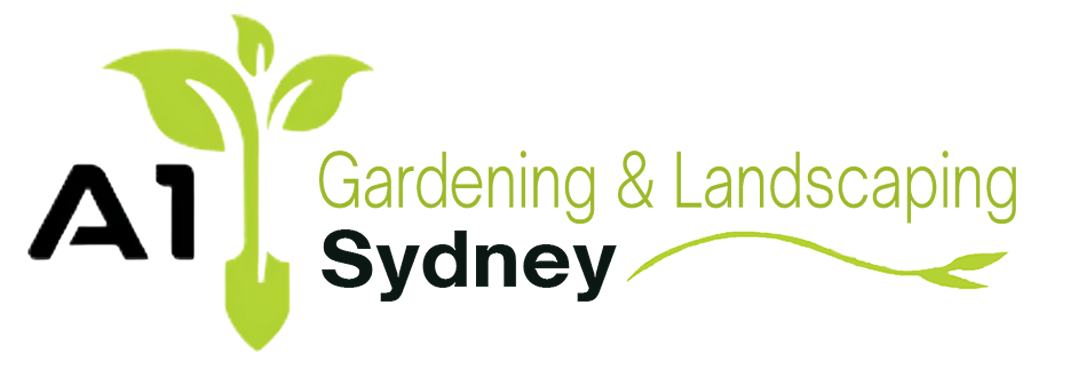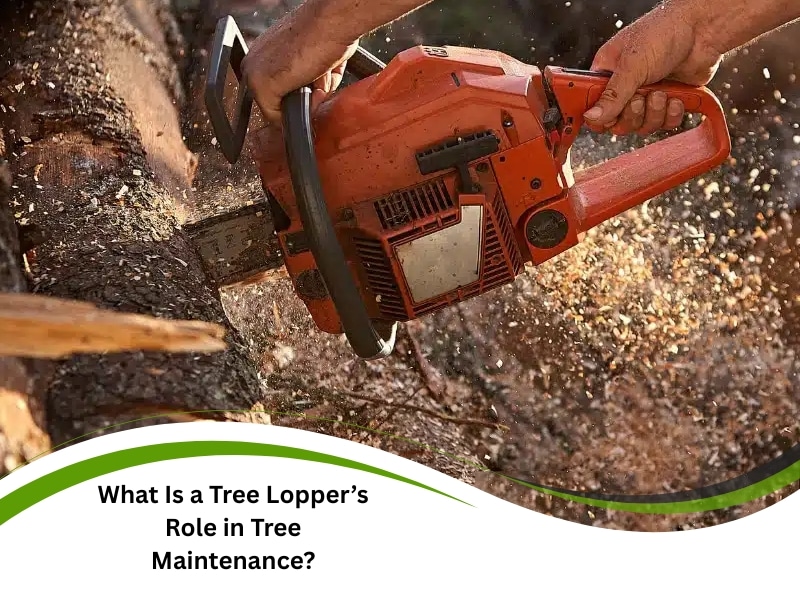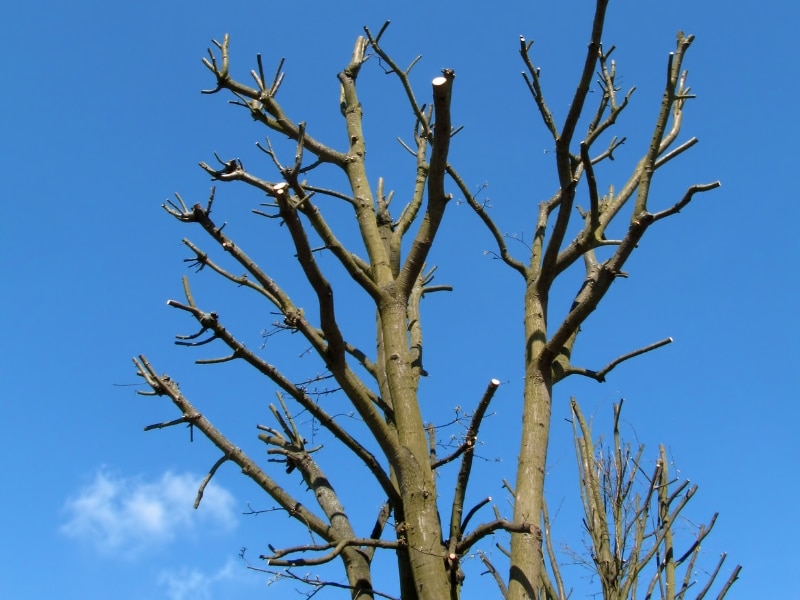Trees bring structure, shade, and beauty to any property, but when they grow wild or become unstable, they can cause real headaches. Whether you’re dealing with storm damage, looming branches, or tangled gumtree growth, knowing the right professional to call is crucial. That’s where the role of a tree lopper comes in. So, what is a tree lopper exactly? A tree lopper is trained in the safe removal or trimming of tree limbs for safety, visual balance, and access. While they’re not arborists, their work prevents damage, reduces risk, and keeps your garden in good nick. Knowing who does what — and when to call them — can save you thousands and protect your home. This article will explain how tree loppers help manage risk, preserve garden health, and support responsible maintenance decisions.
Can knowing what a tree lopper is help avoid costly mistakes?
Here’s why definitions matter. Knowing what a tree lopper does — and doesn’t do — can be the difference between a tidy result and a costly disaster.
- Role clarity matters: Many people confuse loppers with arborists, but the two handle different jobs, often resulting in miscommunication or the wrong service for the task.
- Cost implications stack up: Hiring the wrong service often leads to tree shock, regrowth issues, or fines that far exceed the cost of hiring a proper lopper upfront.
- Structural safety is at stake: Overcutting can destabilise the tree, threatening nearby buildings or vehicles and leaving you exposed during storms.
- Growth management requires skill: Tree loppers make selective cuts that avoid long-term damage and promote balanced regrowth that won’t become a future hazard.
- Council compliance is key: Mismanaged lopping on protected trees can trigger legal trouble or penalties, especially in heritage zones.
You’ll avoid more than budget blowouts when you understand how a tree lopper manages overgrown trees effectively — you’ll also protect your property’s safety and garden health.
How does a tree lopper differ from an arborist in tree care services?
Tree care isn’t one-size-fits-all. Let’s unpack the fundamental distinction between loppers and arborists — and why it matters.
- Training scope differs: Arborists are certified in tree biology and disease; loppers specialise in trimming and hazard removal, often through hands-on experience.
- Purpose drives tools: Arborists use diagnostic tools for pest detection or nutrient issues; loppers use practical tools like pole pruners and chainsaws for targeted cutting.
- Service intent varies: Arborists design care plans for long-term health. At the same time, loppers handle urgent or aesthetic cutting, both of which are necessary in their own right.
- Licensing and insurance: Arborists often hold broader coverage; loppers focus on specific tasks with job-specific training and rapid response setups.
- Approach to pruning: Arborists use pruning to stimulate health; loppers reduce volume for visibility, access, or structural safety.
To align your yardwork with local weather patterns, you must understand how seasonal changes impact garden maintenance before making decisions.
What are the signs that indicate the need for professional tree lopping?
Spotting the right time to call a lopper can prevent both damage and stress. Look out for these clear signals.
- Overhanging limbs: When branches threaten gutters, fences, or power lines, trimming is urgent and can prevent significant repair costs.
- Unbalanced growth: Leaning trunks or top-heavy trees may need weight reduction to stay safe and prevent windfall during storms.
- Visible disease: Signs like fungal blooms, rot, or hollowed trunks indicate internal issues that often go unnoticed until limbs fall.
- Storm aftermath: Wind-snapped branches often require urgent lopping to prevent property risk and ensure footpaths or driveways are clear.
- Blocked sunlight: Trees that block vital sunlight from gardens or solar panels may need volume reduction to restore balance.
- Encroachment signs: Trees spreading toward neighbours’ yards or over fences can create legal issues if not managed early.
Unaddressed warning signs often tie back to deeper root issues — for instance, can poor soil conditions affect overall tree vitality over time? Yes, especially when combined with poor drainage and surface stress.
How can improper tree lopping affect the safety of your property?
Bad technique or timing can make your tree — and your home — vulnerable. Here’s how unskilled lopping becomes a hazard.
- Structural instability: Removing too many limbs weakens the trunk, making trees prone to toppling and dangerous in high winds.
- Weak regrowth: Regrowth from stubs is often poorly anchored and more likely to break, especially under load or during storms.
- Disease exposure: Jagged or unsealed cuts allow pests and decay to spread rapidly, dramatically shortening a tree’s lifespan.
- Insurance liability: Damage from amateur lopping might not be covered by your policy, especially if non-compliance is involved.
- Root stress: Over-pruning can also affect roots indirectly by altering the tree’s energy production and water balance.
- Neighbour disputes: Falling branches or tree failure can lead to disputes or claims if negligence is found to be a contributing factor.
The fallout isn’t always immediate — poor lopping today could mean dangerous growth tomorrow.
Which tools and techniques do tree loppers use for effective maintenance?
Every job requires the right gear and method. Here’s a practical breakdown of common tools and what they’re used for.
Tool or Technique | Purpose | When It’s Used |
Chainsaws | Cutting major limbs | When large branches are removed |
Pole pruners | Extended reach trimming | For high but small branches |
Ropes and harnesses | Climbing safety | For tall or awkward trees |
Cherry pickers | Mechanical lift trimming | On broad sites or commercial jobs |
Clean-cutting method | Avoiding collar cuts and tears | To encourage clean healing |
Cut sealing products | Wound protection | When disease exposure is a risk |
- Sharp blades reduce tear damage: Jagged cuts invite disease, so tools must be sharp and well-calibrated.
- Directional cuts matter: Cuts are made just above the branch collar to prevent trunk damage and support healthy regrowth.
- Cleanup tools follow: Debris removal is part of safe practice and hazard control, especially in high-traffic areas.
- Every tool must be maintained: Dull gear increases risk and reduces efficiency, leading to longer jobs and greater expense.
- Safety gear is essential: Helmets, gloves, visors, and chainsaw pants are used without exception for personal safety.
If you’re operating commercially or near powerlines, make sure the crew meets NSW standards for arborist services and tree maintenance before work begins.
When is the best time to schedule a tree lopper?
Not every month is ideal for trimming trees. Sydney’s climate — and council rules — influence timing.
- Late winter to early spring: Ideal for shaping before growth season begins, especially for deciduous and fruit-bearing trees.
- Avoid peak summer: Heat stress can damage freshly lopped trees and make them more vulnerable to pests and fungal infections.
- Storm season prep: Pre-summer trims reduce branch-fall during wind events, a frequent issue in coastal and hillside areas.
- Compliance check: Many Sydney councils restrict lopping without approval, especially for natives and heritage-listed species.
- Disease control: Dry winter months reduce fungal spread, making cuts safer and healing faster than in humid seasons.
The right timing not only improves results but also avoids fines and future issues.
Final thoughts
Tree loppers play a vital role in keeping your outdoor space tidy and your property safe. But more than that, they make sure the job is done right — without hurting the tree, breaking the rules, or leaving you with a bigger mess to clean up. If you’re weighing options for your property, explore your options at A1 Gardening & Landscaping Sydney today to ensure your next move is a smart one.


